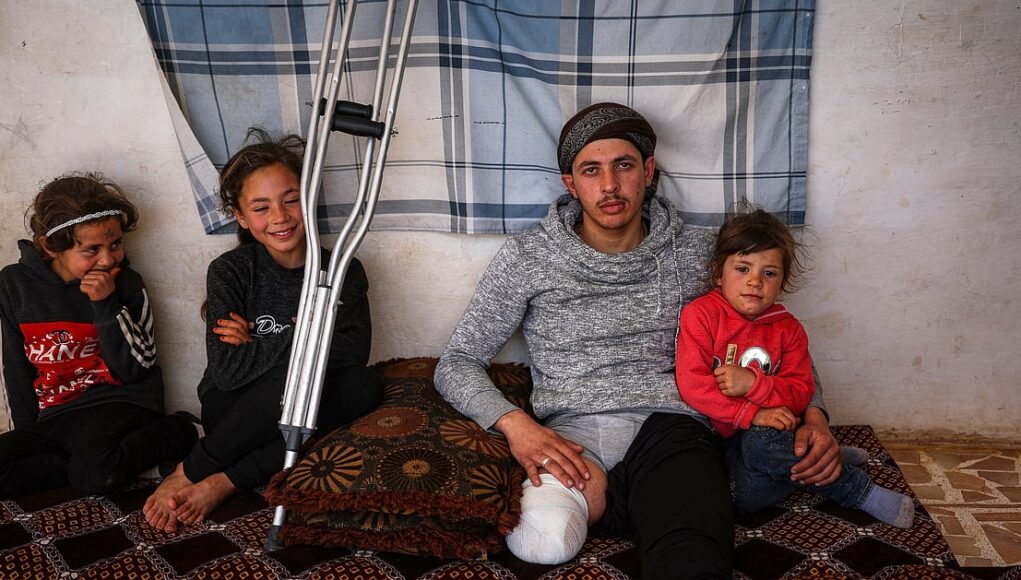Source : NEW INDIAN EXPRESS NEWS
IDLIB: Suleiman Khalil was harvesting olives in a Syrian orchard with two friends four months ago, unaware the soil beneath them still hid deadly remnants of war.
The trio suddenly noticed a visible mine lying on the ground. Panicked, Khalil and his friends tried to leave, but he stepped on a landmine and it exploded. His friends, terrified, ran to find an ambulance, but Khalil, 21, thought they had abandoned him.
“I started crawling, then the second landmine exploded,” Khalil told The Associated Press. “At first, I thought I’d died. I didn’t think I would survive this.”
Khalil’s left leg was badly wounded in the first explosion, while his right leg was blown off from above the knee in the second. He used his shirt to tourniquet the stump and screamed for help until a soldier nearby heard him and rushed for his aid.
“There were days I didn’t want to live anymore,” Khalil said, sitting on a thin mattress, his amputated leg still wrapped in a white cloth four months after the incident. Khalil, who is from the village of Qaminas, in the southern part of Syria’s Idlib province, is engaged and dreams of a prosthetic limb so he can return to work and support his family again.
While the nearly 14-year Syrian civil war came to an end with the fall of Bashar Assad on Dec. 8, war remnants continue to kill and maim.
Contamination from landmines and explosive remnants has killed at least 249 people, including 60 children, and injured another 379 since Dec. 8, according to INSO, an international organization which coordinates safety for aid workers.
Mines and explosive remnants — widely used since 2011 by Syrian government forces, its allies, and armed opposition groups — have contaminated vast areas, many of which only became accessible after the Assad government’s collapse, leading to a surge in the number of landmine casualties, according to a recent Human Rights Watch (HRW) report.
SOURCE :- NEW INDIAN EXPRESS







